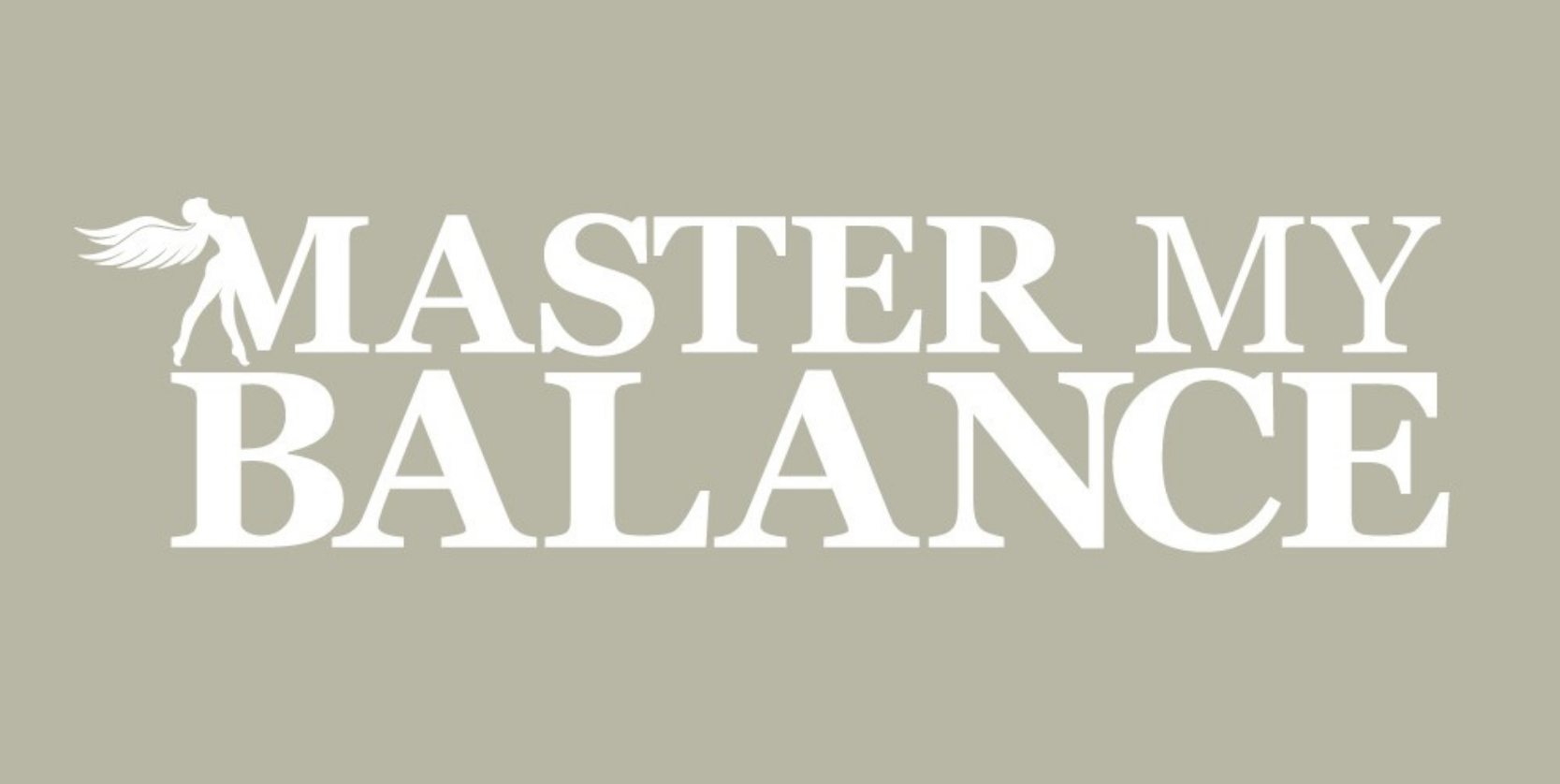The cost of living has risen sharply over the past few months, and I’ve certainly noticed the difference in my weekly shopping bill. I’m also feeling the pinch now when filling the car up. But, even with the cost of living rapidly rising, it is still possible to put plans in place to start building your wealth. In this blog I’ll expand on points I made in a recent post discussing ways to build your wealth.
Educate yourself on your finances
Every person should be fully aware of their financial position and the exact terms of all financial contracts they are in. It is important to prepare a budget and understand what your income and outgoings are each month. When you have a budget prepared, it should be monitored regularly. Your budget should be updated for any changes to your income or outgoings.
Explore the possibility of extra income sources
Is there an opportunity for extra hours in your job? If not, the pandemic has made it easier for people to work online from home to obtain extra income. For example, tutoring online, or maybe selling your old gadgets, clothes, and household items you no longer use. What about renting out a spare room in your home? If there is a college nearby you can contact them to make them aware you have a room available to rent.
Decide on your goals
Setting goals is an approach I follow in both my business and personal life. If you don’t define your goals, then it will be difficult to put a plan in place to work towards the life you want. Also, make sure you are setting SMART goals. I have set out below exactly what I mean when I state a ‘smart goal’.
Specific: Be specific with your goal so you can put an effective plan in place.
Measurable: Ensure you can measure your progress towards the goal you have set.
Achievable: The goal is a challenge, but it’s still possible. There is no point setting yourself an out of reach goal…set yourself a challenge, but make sure it’s a realistic one!
Relevant: The goal should support your long-term objectives.
Time-Bound: Any goal you set needs a target date. You need to have a deadline to work towards.
Put a plan in place
Once you’ve decided on your goal and refined it…. (you’ve written it down, this isn’t just a thought process!!), then put a plan in place to work towards reaching that goal.
Building your wealth is not something that will happen overnight, unless of course you are lucky enough to win the lotto! To build your wealth, you first need to rid yourself of high-cost debt such as credit cards. Once you’ve done that, you can start exploring various investment opportunities to increase your wealth. I’ve outlined a case study below of a goal setting exercise with one of my clients, using the SMART goal setting technique.
Client Case Study
The client had never budgeted, she simply lived payday-to-payday. She had no savings, but wanted to change this and build up a rainy day fund. She had a credit card and paid the minimum amount off it each month, while continuing to use it. Due to this, the outstanding balance never reduced and each month she was using her surplus income to pay towards the debt. Through our sessions, this individual realised she needed to first get rid of her high-cost credit card debt to be able to start saving.
Specific: The client set a goal to clear her credit card debt and free up her income for savings each month.
Measurable: Progress was measured monthly by checking the outstanding credit card balance.
Achievable: The client prepared a budget for the first time in one of our sessions. The budget revealed she could make extra payments to her credit card if she cut back in other areas. Areas targeted for cuts included subscription services rarely used and changing from buying lunch daily to bringing a homemade lunch to work. She also identified items in her home she no longer required and sold these online. The money she received helped to pay off her credit card debt. The first step of preparing the budget helped the client to realise her goal was achievable.
Relevant: Her long-term goal is to have surplus disposable income to save and build a rainy day fund. This will help to increase her financial well-being going forward. By getting rid of her credit card debt and the corresponding payments each month, she now has surplus money to save. The goal she set aligned with her long-term objective of building up savings.
Time-Bound: She put a realistic timeline in place to clear the credit card debt and have a deadline to work towards. The deadline helped to keep her motivated.



Recent Comments